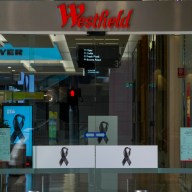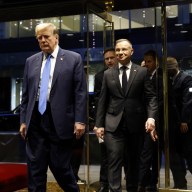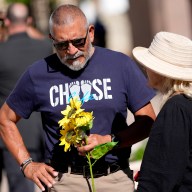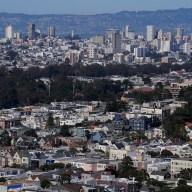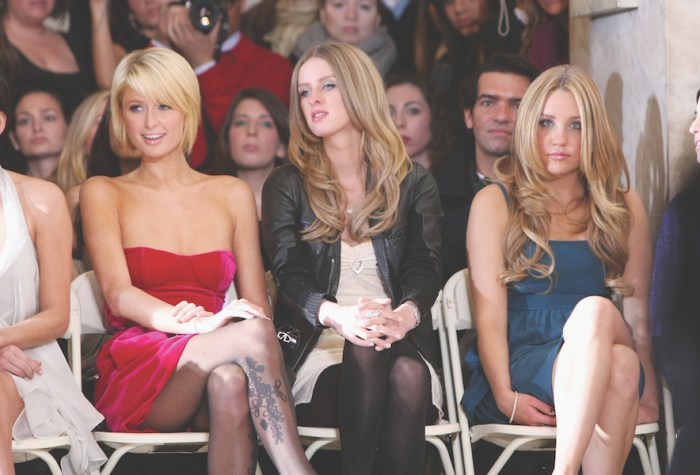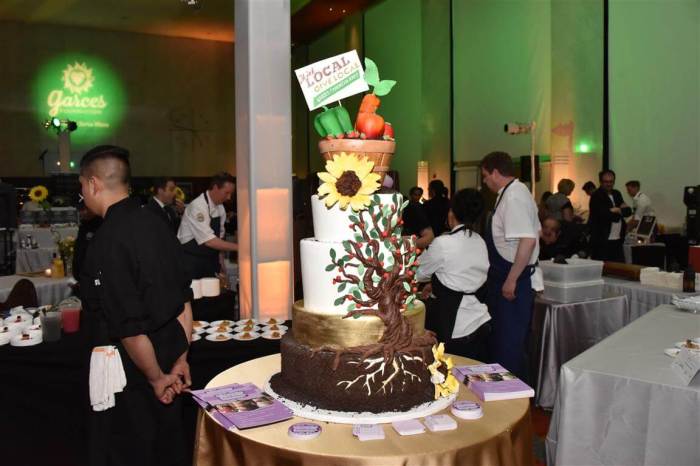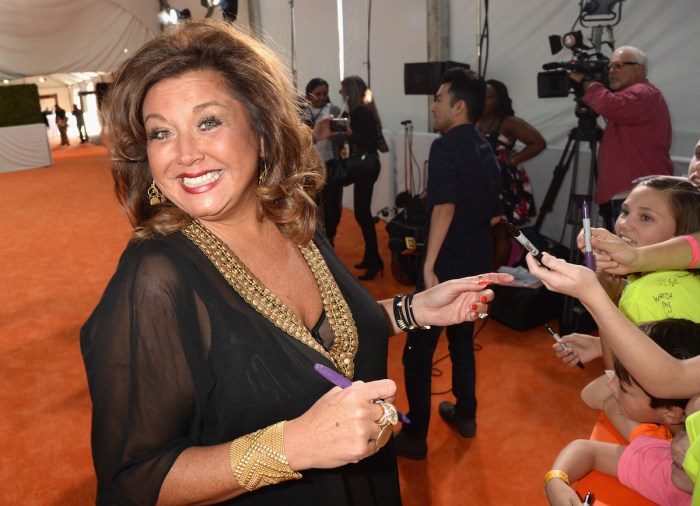Do you know where your next meal is coming from?
One in nine Eastern Massachusetts residents don’t, according to Catherine D’Amato, the president and CEO of the Greater Boston Food Bank (GBFB). The GBFB provides food to about 90,000 people each week, and for one day on Thursday, the city will change the look of its skyline to support the cause. Hunger Action Day, Sept. 8, is an awareness campaign and part of the larger Hunger Action Month by the U.S. hunger-relief organization Feeding America and its network of 200 food banks across the country, including the GBFB. When you look at Boston’s skyline Thursday night, you’ll see the Prudential Center, Zakim Bridge and TD Garden illuminated in orange, the official color of the campaign, for a “Flip the Switch” ceremony with Gov. Charlie Baker to bring the issue to light. “Most of the general public is not aware that hunger is of epidemic proportions in the U.S.,” D’Amato said. “Hunger is not necessarily something we talk about. It’s much more of a hidden issue, much more of a silent issue.” The GBFB is the largest hunger-relief organization in New England, providing food to more than 190 cities and towns throughout Eastern Massachusetts. But even though thousands of people use these resources, the topic of hunger—which D’Amato calls a public health issue—still rarely comes up in public conversation. “It’s different than a chronic disease. Most people have a personal story of losing a relative to an issue such as cancer,” she said. “No one is going to say, ‘Hey, I sent my kid to school without breakfast.’ People may be touched by hunger but they won’t talk about it.” D’Amato said that people may not share their stories of experiencing “food insecurity” for many reasons: There’s a sense of shame and embarrassment, a connotation that they’ve failed to provide for their family or that they don’t make enough money. And food insecurity can affect everyone and anyone, she said. “I’ve seen people who have a PhD and go to a food pantry,” she said. “They think, ‘How can I talk about that?”
The Hunger Action campaign is all about making those difficult conversations easier. The GBFB is asking people to participate by participating in this year’s social media campaign, called Empty Plate, which asks people to complete the phrase “On an empty stomach, I can’t…” “No one runs on empty,” D’Amato said. “How do you expect a child to be energetic, to be a attentive in school, to understand math and science, when their brain is lacking the fuel for that day?” The GBFB also focuses on providing the right kind of food to those that visit the pantrys, D’Amato said. Research points to the impact of food insecurity on health issues like obesity and chronic illnesses, which is why the 25 percent of the GBFB’s distribution is fresh produce, she said. D’Amato hopes citizens can be inspired by the campaign to get involved with their local food pantry, talk to local legislature and just ask their friends, family and neighbors, “Do you have enough to eat?” “There is an assumption that we live in a well-educated area, that everybody has a home, a college degree, a place to go, a supportive family, and that no one is hungry,” she said. “That’s not the case.”
Boston landmarks to light up orange for Hunger Action Day
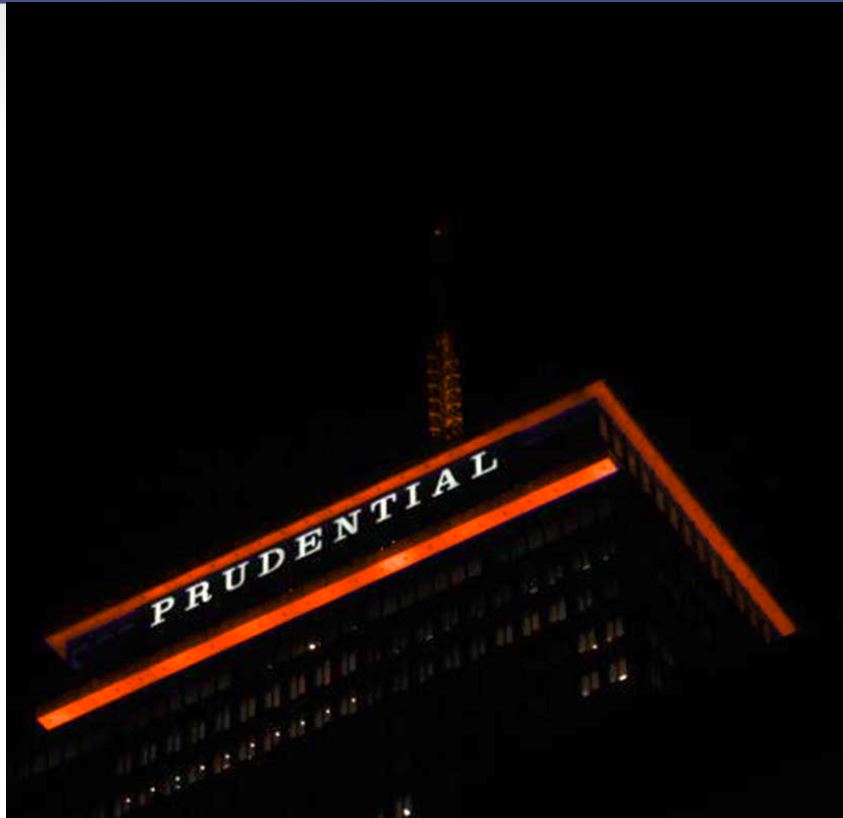
Prudential Center Boston




